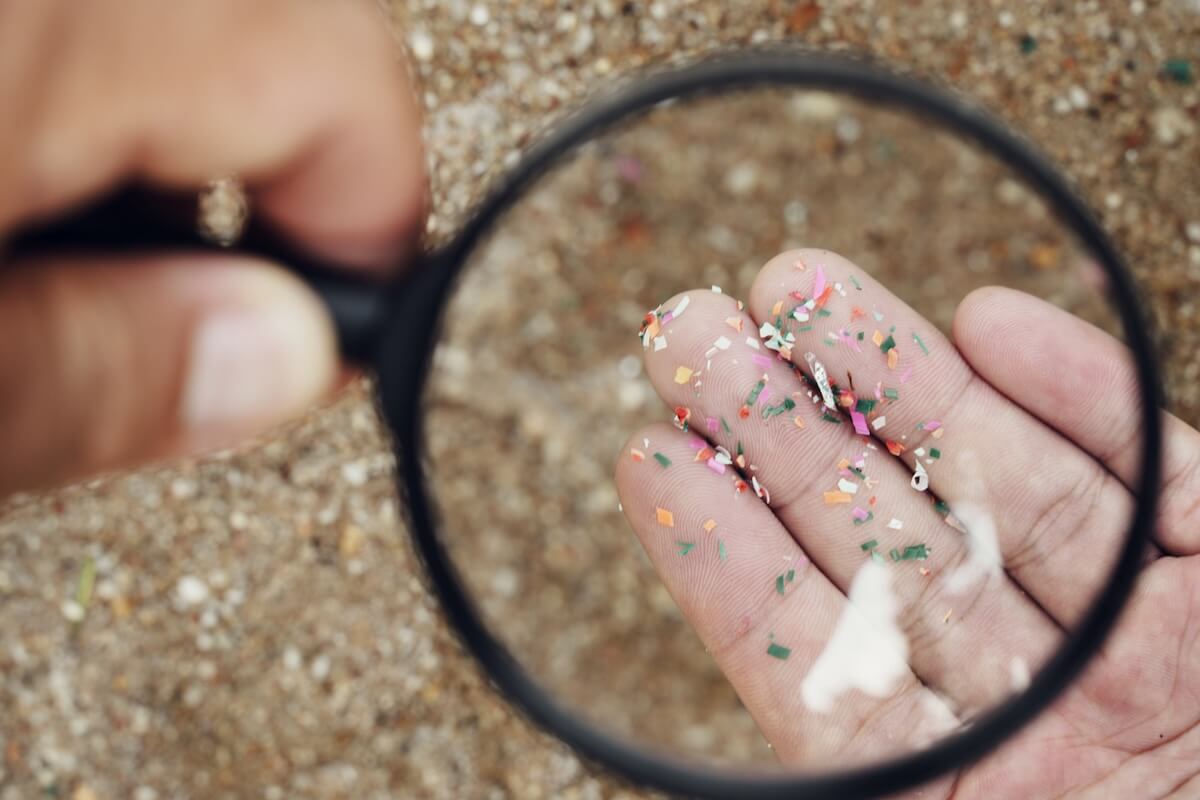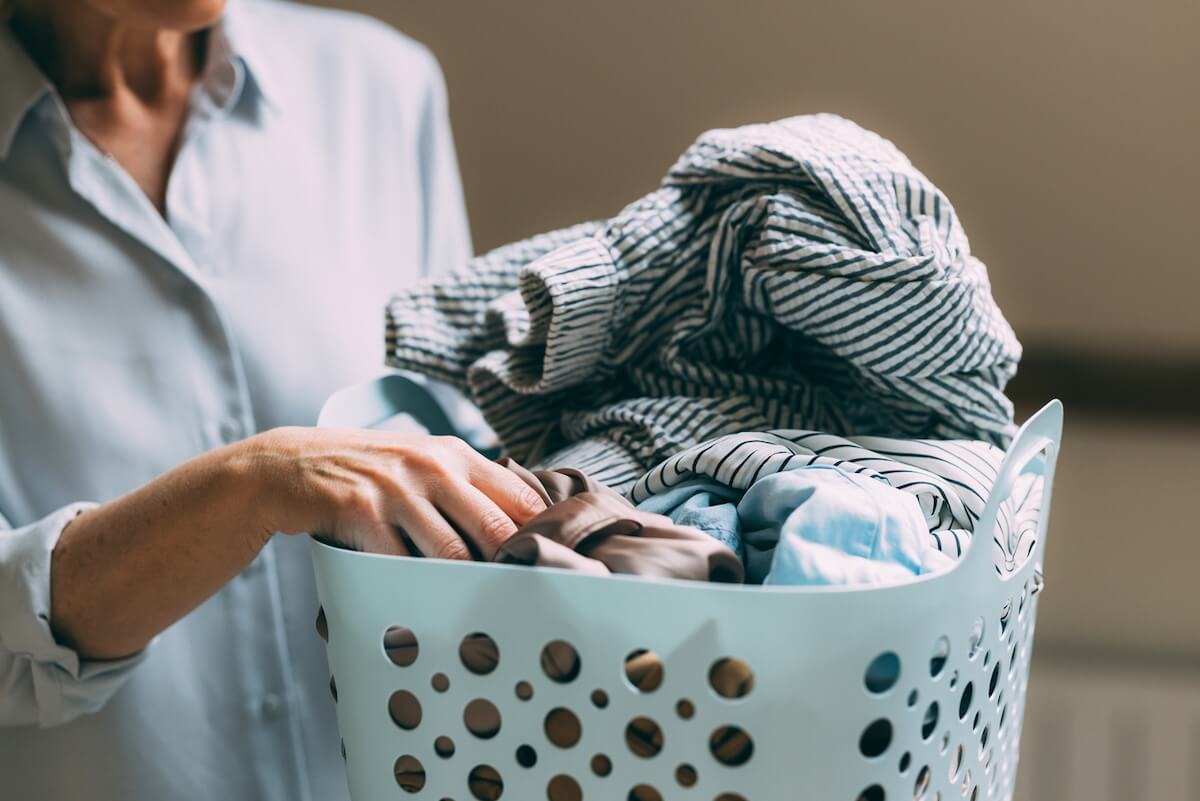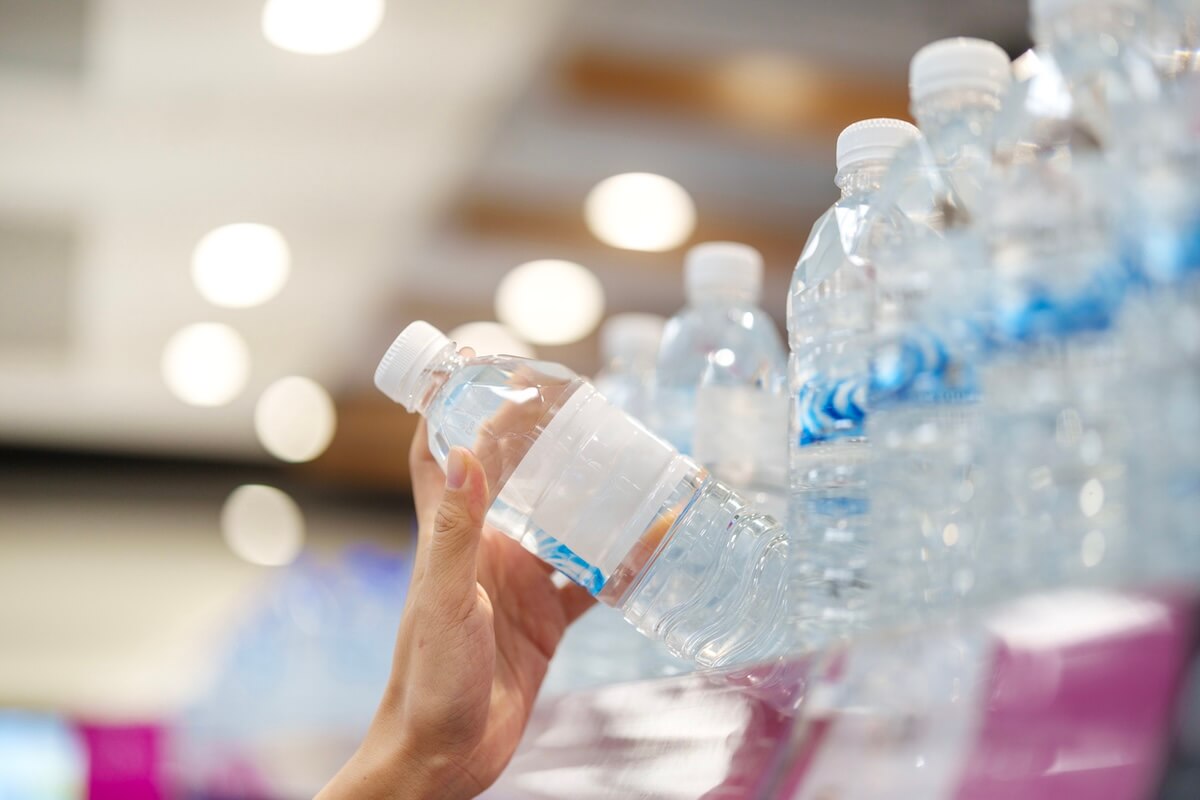Microplastics are more than a micro problem. And how to avoid microplastics might just be an even bigger one. It’s been 21 years since a paper in the journal Science showed the environmental accumulation of tiny plastic fragments and fibers, naming the particles “microplastics.” Since then, over 7,000 studies have shown that the problem is more widespread and advanced than we thought.
What Are Microplastics?
Microplastics have been found everywhere — from remote areas of the world to the insides of birds, fish, and mammals. They are also likely in your urine, blood, and organs. The tiny plastic particles, often less than five millimeters in size, come from a variety of sources:
- Primary microplastics are intentionally manufactured, often found in products like cosmetics (e.g., exfoliating beads), industrial abrasives, and microfibers from synthetic clothing.
- Secondary microplastics are created when larger plastics break down due to use, such as microscopic cuts in a plastic chopping board, fibers that get washed out of your clothes in the washing machine, sun exposure (such as leaving a plastic water bottle in a hot car), weathering, and other environmental factors, such as the degradation of plastic bags, bottles, and packaging over time.

Why are microplastics a problem?
What makes microplastics particularly concerning is their ability to circulate through the environment, entering our water systems, soils, and even human bodies. Microplastics can be found in the food we eat, the water we drink, and the air we breathe.
The presence of microplastics and nanoplastics (formed when microplastics break down to 1 to 1,000 nanometers in size) in different organs and tissues in the human body could potentially lead to disease. However, the available data doesn’t show whether this is extremely dangerous or nothing to worry about.
A study conducted in December 2024 analyzed various research papers and found “low to very low” quality evidence of the effect of microplastics on human birth outcomes and gestational age. However, the same study concluded that there was “suspected” harm to human reproductive, digestive, and respiratory health.
In a study on brain samples collected in 2024, scientists found a 50% increase in microplastics compared to a similar study on samples collected in 2016. Researchers found up to a spoonful of microplastics inside the brain, but they aren’t yet sure about the consequences of this finding.
Unfortunately, that’s not all. As carriers of other contaminants in the environment, such as forever chemicals in pesticides and packaging, microplastics have the potential to magnify toxicity. These chemicals hitch a ride on plastics found in packaging, nonstick cookware, stain-resistant fabrics, capsules from our medicines, and even medical devices.
In the coming years, we expect research to provide greater clarity about the potential effects on our bodies, such as:
- inflammation
- plaque formation in heart disease and stroke
- oxidative stress (an imbalance of free radicals and antioxidants that damages cells)
- immune responses
- genotoxicity: damage to the genetic information in a cell that causes mutations, which can lead to cancer.
What Can We Do?
While the scale of the microplastic problem may seem overwhelming, small, collective actions can create meaningful change. Here’s what we can do to decrease microplastic pollution:
1. Choose Sustainable Alternatives
Opt for products that use natural, biodegradable materials wherever possible. Replace single-use plastics with sustainable alternatives like fabric shopping bags, metal straws, or bamboo utensils. Read the labels of cosmetics, cleaning products, and even scents and scented candles.
2. Wash Clothes More Efficiently
Minimize microfiber shedding from clothing by:
- Washing synthetic garments in cold water.
- Using a microfiber filter or a laundry bag like the Guppyfriend.
- Opting for natural fabrics such as organic cotton or wool. Fabrics that make your clothes stretchy also shed microplastics.

3. Reduce Plastic Use
According to the OECD (Organization for Economic Co-operation and Development), scientists think that only 9% of the world’s plastic is recycled, so reducing plastic waste should be the primary goal.
Some of the efforts you can make to cut down on plastic consumption include:
- Use reusable water bottles and coffee cups. Even paper cups contribute to plastic pollution!
- Avoid single-use plastics.
- Switch your plastic ice cube trays to stainless steel or silicone ones.
- Switch from tea bags to loose tea leaves.
- Buy organic foods to reduce exposure to pesticides.
- Switch to natural home and personal cleaning products and fragrances (choose products that are either unscented or scented with natural products such as essential oils).
- Choose natural and organic cosmetics.
- Heat and store your food in glass containers rather than plastic ones.
- Wash plastic containers by hand with cold or warm water rather than running them through the dishwasher.
- Switch to wood chopping boards.
- Switch to ceramic or stainless steel cookware.
- Invest in a quality water filter.
- Limit exposure to thermal paper receipts by switching to digital or wearing nitrile gloves.
- Vacuum your home with a HEPA filter to reduce airborne plastics from furniture, cleaning products, and synthetic fibers in rugs and carpets.
- Purchase items with minimal or no packaging.
- Quit cigarettes. Their filters are a common cause of daily microplastics, which contaminate water sources and soil.
4. Support Eco-Friendly Brands and Policies
Support businesses and products that prioritize sustainability and advocate for government policies to reduce single-use plastics and improve waste management systems. Have a look around your house to find any culprits, and consider choices that might be better for your health in the long run. Rather than switching all at once, which can be financially and mentally overwhelming, think of small changes you can make the next time something needs replacing. Making the practice sustainable will make you more likely to stick to your goals.
5. Educate Yourself and Spread Awareness
Understanding the problem is only the first step. This global problem affects you and your loved ones, and sharing these facts about microplastics with family, friends, and colleagues can help create broader awareness. Ask your local state representatives to support the Global Plastics Treaty. Change happens when more people get involved.
As an Amazon Associate, we earn from qualifying purchases.
***********
For a daily dose of Style + Substance delivered straight to your inbox, subscribe to StyleBlueprint!



















